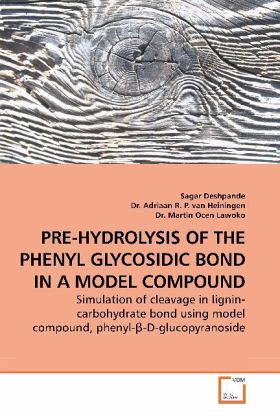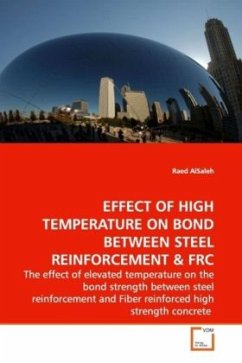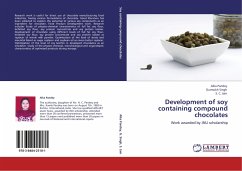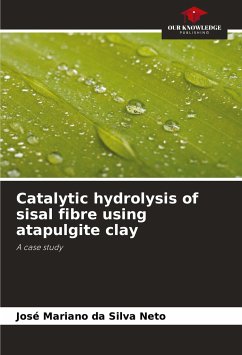
PRE-HYDROLYSIS OF THE PHENYL GLYCOSIDIC BOND IN A MODEL COMPOUND
Simulation of cleavage in lignin-carbohydrate bond using model compound, phenyl- -D-glucopyranoside
Versandkostenfrei!
Versandfertig in 6-10 Tagen
32,99 €
inkl. MwSt.

PAYBACK Punkte
16 °P sammeln!
The pre-hydrolysis conditions were chosen to simulate different pretreatment methods such as auto hydrolysis, green liquor pretreatment and acid hydrolysis. It was found that hydrolysis of the phenyl-glucoside model compound at near neutral aqueous conditions (pH 6) was minimal (4 %) at 170°C. On the other hand hydrolysis was nearly complete (95 %) at this temperature with the addition of acetic acid at a concentration expected to be generated from deacetylation of xylan in hardwoods(about 10 g/L). At acid conditions of pH 1.65 the temperature may be lowered to 105 or 121 °C while still obta...
The pre-hydrolysis conditions were chosen to simulate different pretreatment methods such as auto hydrolysis, green liquor pretreatment and acid hydrolysis. It was found that hydrolysis of the phenyl-glucoside model compound at near neutral aqueous conditions (pH 6) was minimal (4 %) at 170°C. On the other hand hydrolysis was nearly complete (95 %) at this temperature with the addition of acetic acid at a concentration expected to be generated from deacetylation of xylan in hardwoods(about 10 g/L). At acid conditions of pH 1.65 the temperature may be lowered to 105 or 121 °C while still obtaining a significant (80-90 %) hydrolysis yield.The hydrolysis experiments performed simulating green liquor extraction showed as previously reported that the hydrolysis of phenyl-glucoside produces phenol and levoglucosan while no glucose is formed.The result showed that hydrolysis of the phenyl-glucoside at 155 °C was essentially complete with quantitative formation of levoglucosan and phenolrather than glucose and phenol.












